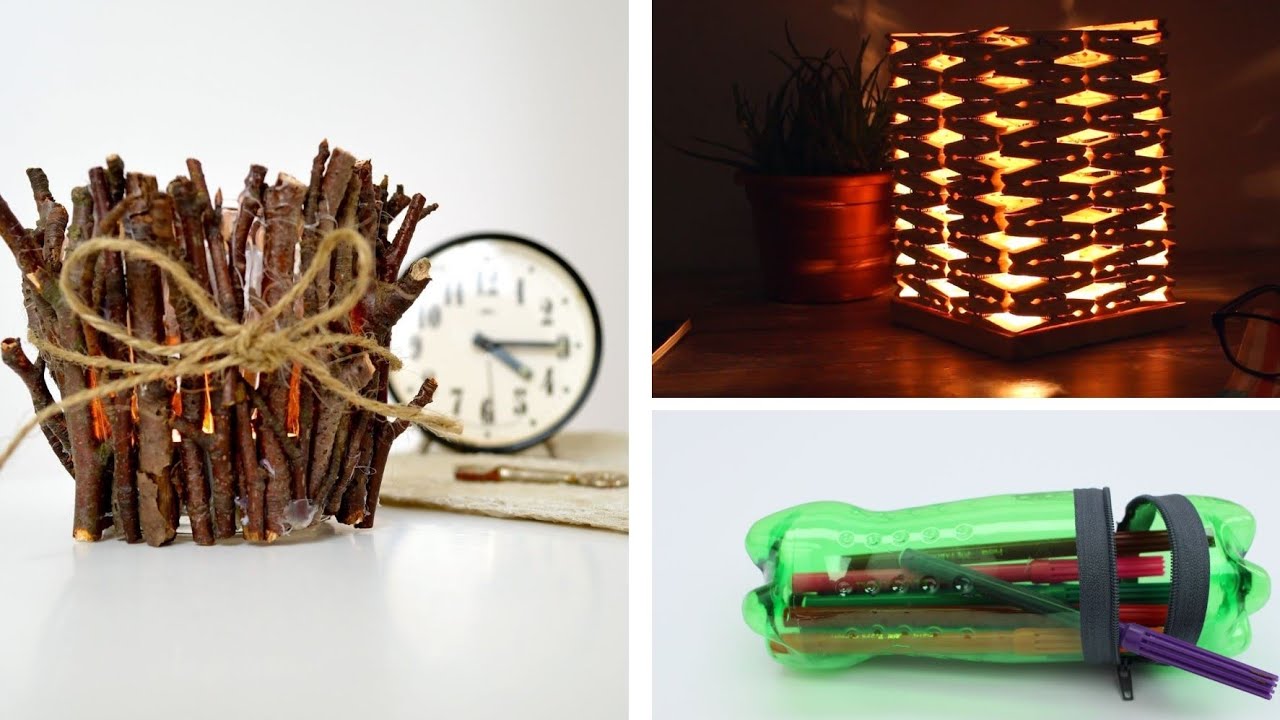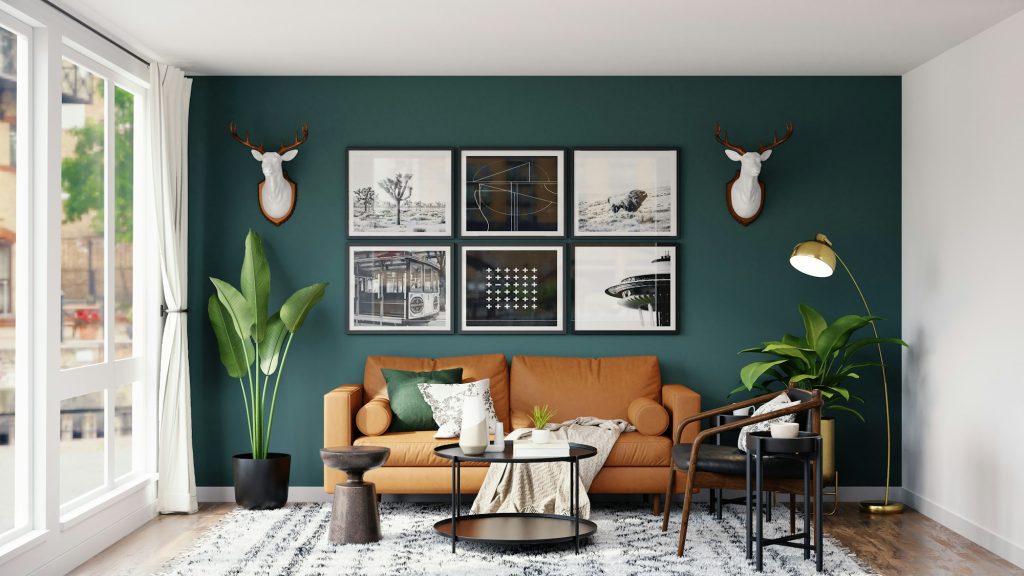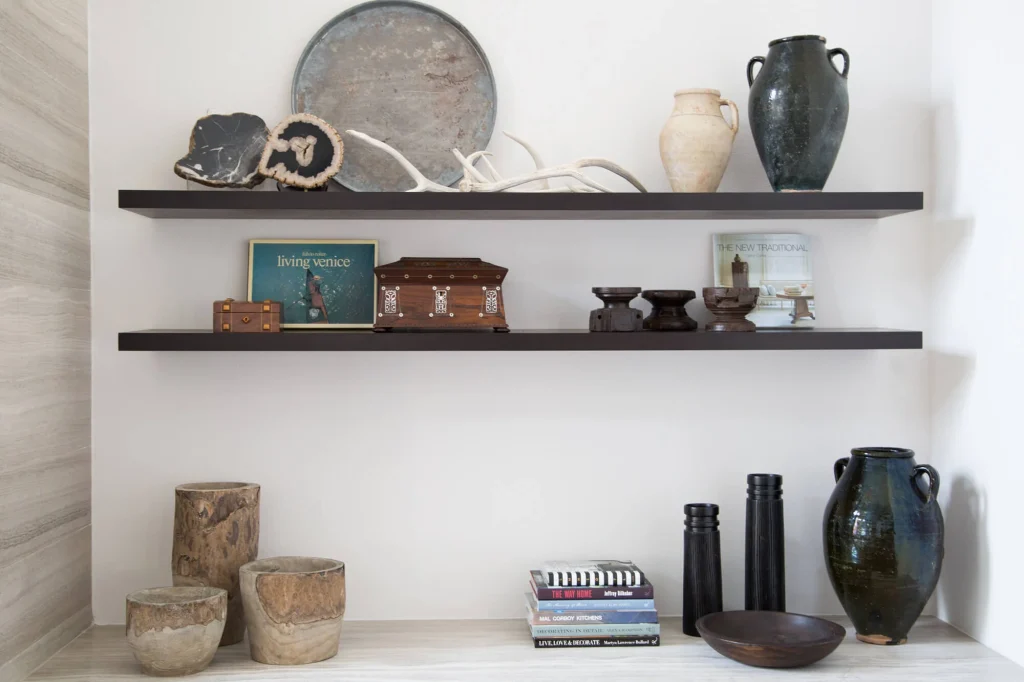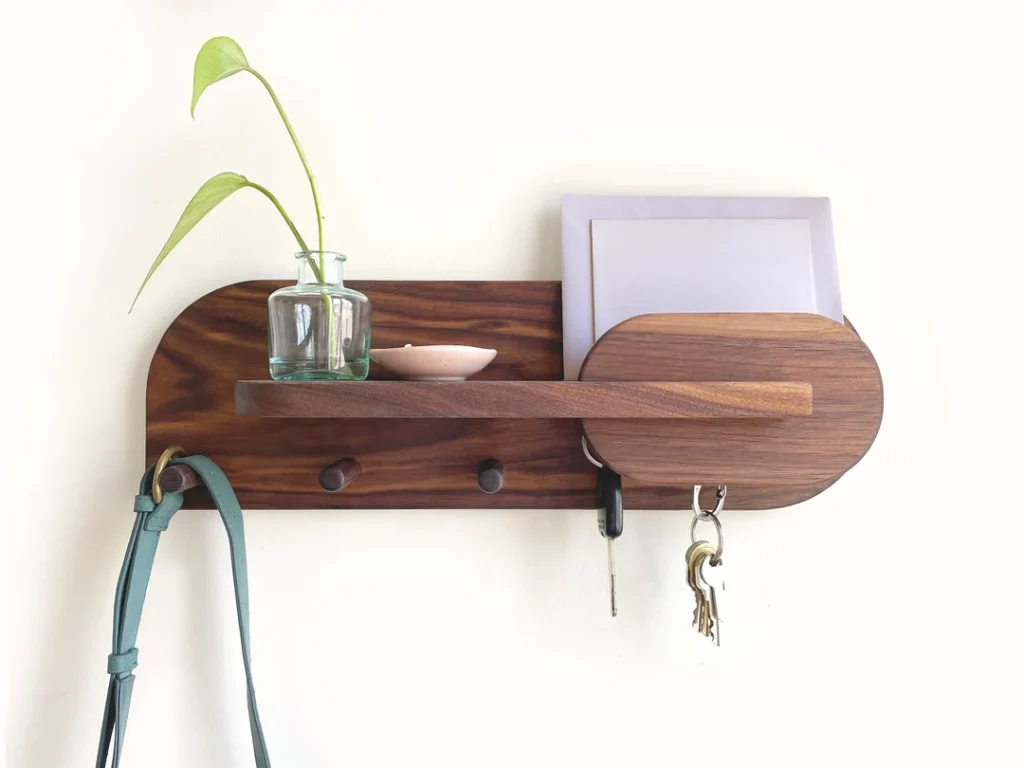
If you’ve ever wanted to spruce up your home without hiring professionals, DIY projects are the perfect place to start. They’re budget-friendly, fun, and give you the satisfaction of creating something with your own hands. Even if you’re a complete beginner, there are plenty of simple projects that can make a big difference in your space. Here are five easy DIY home projects you can tackle with minimal tools and experience.
1. Create a Feature Wall with Paint or Wallpaper

One of the quickest ways to transform a room is by adding a feature wall. Whether you use a bold paint color, patterned wallpaper, or even wall decals, this project instantly adds character without overwhelming the space.
Steps to get started:
- Choose a wall that naturally draws attention, like the one behind your bed or sofa.
- Pick a paint color or wallpaper design that complements your existing décor.
- If painting, tape off the edges carefully to get clean lines. Apply primer if necessary, followed by two coats of paint.
- For wallpaper, measure the wall and cut the sheets ahead of time. Use a smoothing tool to prevent bubbles.
Why it’s beginner-friendly:
This project doesn’t require specialized skills. It can be done in a few hours and gives you a dramatic result with minimal effort.
2. Upgrade Cabinet Hardware
Sometimes, small details make the biggest impact. Swapping out old cabinet handles or drawer pulls for modern ones can instantly refresh your kitchen, bathroom, or even a dresser.
Steps to get started:
- Measure the distance between the screw holes of your existing hardware.
- Buy new knobs or pulls that fit the same measurements (this avoids drilling new holes).
- Use a screwdriver to remove the old hardware and attach the new pieces.
Why it’s beginner-friendly:
No power tools are required, and the only skill you need is using a screwdriver. Plus, this upgrade is quick — you can redo all your kitchen cabinets in less than an hour.
3. Build Simple Floating Shelves

Floating shelves are stylish, practical, and surprisingly easy to install. They provide extra storage while keeping your floors clear and can be used in almost any room — from displaying books and plants to holding bathroom essentials.
Steps to get started:
- Buy pre-cut wooden boards and shelf brackets from a hardware store.
- Sand and stain or paint the wood to match your décor.
- Use a level to mark where the shelf will go, then screw the brackets into the wall studs for support.
- Place the board on top and secure it.
Why it’s beginner-friendly:
This project involves basic measuring, drilling, and leveling — excellent skills to practice if you’re new to DIY. Plus, floating shelves are both functional and decorative.
4. Install a Peel-and-Stick Backsplash
A kitchen or bathroom backsplash can be expensive to tile, but peel-and-stick backsplash panels make the process affordable and easy for beginners. These adhesive sheets come in a variety of designs, from classic subway tiles to modern patterns.
Steps to get started:
- Clean and dry the wall surface thoroughly.
- Measure and cut the peel-and-stick panels to fit around outlets and edges.
- Peel off the backing and stick the panels in place, pressing firmly to remove air bubbles.
Why it’s beginner-friendly:
No grout, mortar, or tile cutter is needed. This project gives your kitchen a high-end look in just a couple of hours.
5. Create a DIY Entryway Organizer

An entryway organizer helps keep clutter under control by providing a place for keys, bags, shoes, and jackets. You don’t need to build a huge piece of furniture — even a small DIY station can make your entryway more functional.
Steps to get started:
- Mount a few wall hooks or a pegboard for coats and bags.
- Add a small shelf or floating shelf for keys and decorative items.
- Place a small bench or storage box below for shoes.
- Decorate with a mirror or a piece of art to complete the look.
Why it’s beginner-friendly:
This project combines simple elements like hooks and shelves. You can customize it to fit your space, and it doesn’t require advanced carpentry skills.
Tips for Successful DIY Projects
Before you dive in, here are a few tips to make your DIY experience smoother:
- Start small: Pick one project at a time to avoid feeling overwhelmed.
- Measure twice, cut once: Taking accurate measurements prevents costly mistakes.
- Use quality tools: Even simple projects are easier with the right tools.
- Watch tutorials: If you’re unsure about a step, plenty of free online tutorials can guide you.
- Take your time: DIY is about learning and enjoying the process, not rushing.
Final Thoughts
DIY home projects don’t have to be intimidating. With the right approach, even beginners can transform their spaces in meaningful ways. Whether it’s adding a feature wall, upgrading cabinet hardware, or installing floating shelves, each project helps you build confidence and personalize your home. Start with one of these five easy ideas, and you’ll soon discover the joy of creating something beautiful with your own hands.


